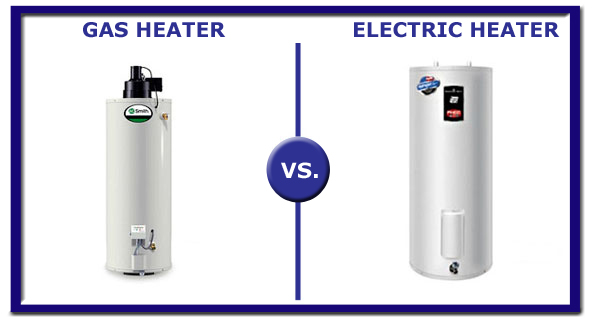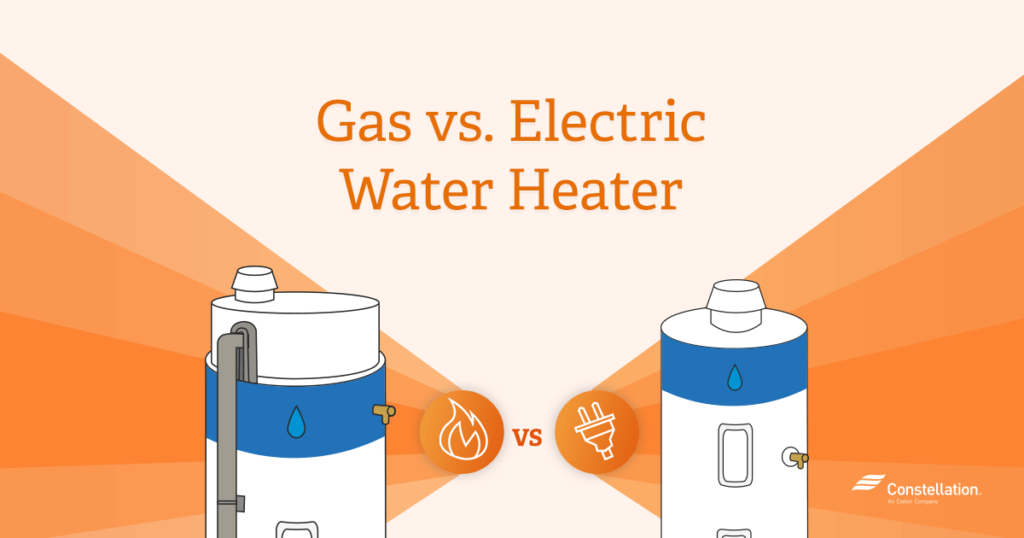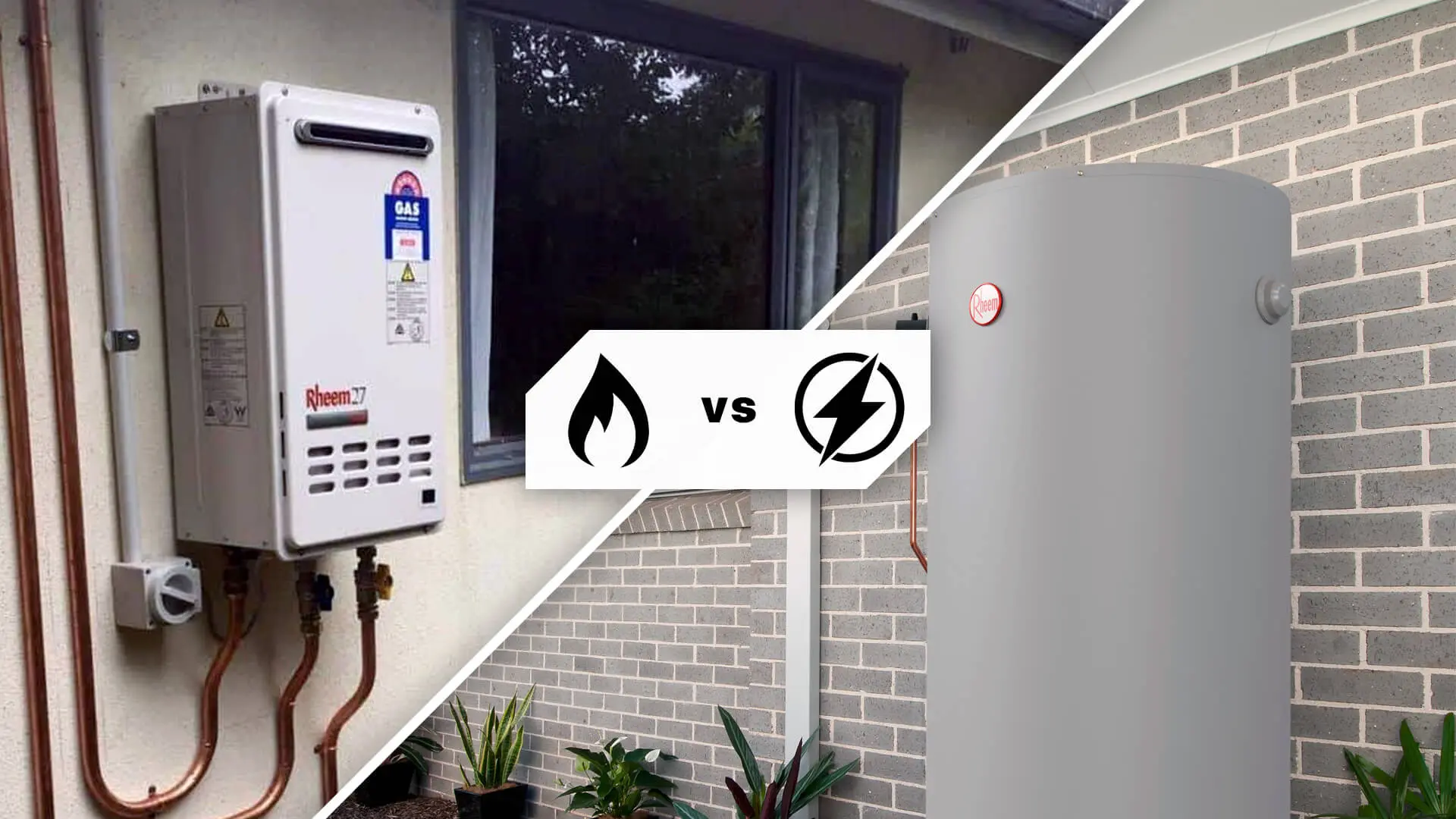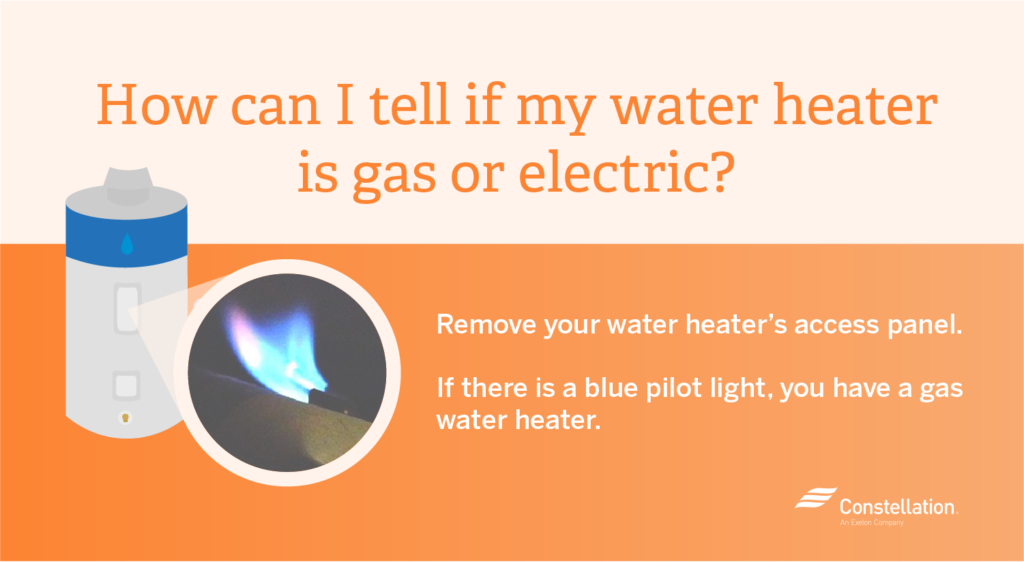How To Know If Heater Is Gas Or Electric

One of the most frustrating experiences for any homeowner is a malfunctioning heater, especially during the coldest months. Before you even begin to diagnose *why* your heater isn't working, you need to know *what kind* of heater you have. Are you dealing with a gas furnace, an electric furnace, a heat pump, or something else entirely? Misidentification can lead to incorrect troubleshooting steps, potentially damaging your system or even creating a safety hazard. This guide will walk you through a simple, safe, and methodical process to determine if your heater is gas or electric.
Step 1: Locate Your Heating Unit
First things first, you need to find your heating unit. This is usually located in one of the following places:
- Basement: This is a very common location, especially in older homes.
- Attic: Often found in warmer climates where basements aren't standard.
- Garage: Sometimes tucked away in a corner of the garage.
- Utility Closet: A dedicated closet specifically for housing your heating and cooling equipment.
- Outside (for Heat Pumps): Heat pumps typically have an outdoor unit similar to an air conditioner.
Once you've found the unit, take a good look at it. Is it a large metal box? Does it have vents or pipes connected to it? These visual clues will become important in the following steps.
Step 2: Check for a Gas Meter and Gas Lines
This is a crucial step in determining if your heater is gas. Follow these steps carefully:
A. Look for a Gas Meter
A gas meter is a device that measures the amount of natural gas your home uses. It's usually located outside your house, often near the front or side. It’s typically a rectangular metal box with dials or a digital display. If you see a gas meter, it's a strong indicator that at least some of your appliances, possibly including your heater, use gas.
B. Trace Gas Lines
From the gas meter, try to trace the gas lines. These are usually black or yellow iron pipes. Follow them and see if they lead directly to your heating unit. Look for a pipe that connects directly to the heater itself. A visible gas line connection is a nearly definitive sign of a gas furnace.
Important Safety Note: If you smell gas at any time, immediately evacuate your home and call your gas company from a safe location. Do not attempt to locate the source of the leak yourself.
C. Check for a Flue Pipe
Gas furnaces produce exhaust that needs to be vented safely outside. Look for a flue pipe, which is a metal pipe (usually round) that extends from the top of the furnace and goes either through the roof or out a side wall. This pipe carries combustion byproducts away from your home. Electric furnaces do not have flue pipes.
Step 3: Inspect the Electrical Panel
Even if you have a gas furnace, it will still require electricity to operate the blower motor and control system. However, an electric furnace requires a *much* larger electrical draw. Here's how to check your electrical panel:
A. Locate Your Electrical Panel
The electrical panel (also known as a breaker box) is usually located in the basement, garage, or utility room. It's a metal box with a hinged door containing rows of circuit breakers or fuses.
B. Look for a Dedicated Breaker
Open the electrical panel and look for a circuit breaker labeled "Furnace," "Heater," or something similar. Crucially, check the amperage rating of this breaker. An electric furnace typically requires a high-amperage breaker, often 30 amps or higher, and sometimes even multiple breakers. A gas furnace, on the other hand, will usually have a much smaller breaker, often 15 or 20 amps, primarily to power the blower fan and control board.
C. Check for Multiple Breakers
Some electric furnaces utilize multiple breakers for different heating elements. If you see several breakers dedicated to the furnace, it is almost certainly electric.
Step 4: Examine the Blower Compartment (Proceed with Caution!)
This step involves opening the blower compartment of your furnace. Proceed with extreme caution! Turn off the power to the furnace at the breaker before attempting this. Wait a few minutes to allow any residual electrical charge to dissipate. If you are uncomfortable with this step, skip it and consult a professional.
A. Locate the Blower Compartment
The blower compartment is usually located at the bottom of the furnace. It's often a separate section with a removable panel. Refer to your furnace's manual for specific instructions on how to access the blower compartment safely.
B. Identify Heating Elements or Burners
Once you've removed the panel, look inside. If you see glowing orange coils or metal ribbons, you have an electric furnace. These are the heating elements that generate heat. If you see burners and a pilot light assembly (or an electronic igniter), you have a gas furnace.
C. Look for a Gas Valve
Inside the blower compartment of a gas furnace, you'll also find a gas valve. This is a component that controls the flow of gas to the burners. It will be connected to the gas line. Electric furnaces will not have a gas valve.
Step 5: Consider the Age of Your Home and Heating System
The age of your home and heating system can offer clues. Older homes are more likely to have gas furnaces, as they were the standard for many years. However, many newer homes are built with electric furnaces or heat pumps, especially in areas with lower electricity costs.
A. Check for Documentation
Look for any documentation related to your heating system, such as the original homeowner's manual, maintenance records, or inspection reports. These documents should clearly state the type of heating system you have.
B. Review Home Inspection Reports
If you recently purchased your home, review the home inspection report. The inspector should have identified the type of heating system.
C. Estimate the Age of the Unit
Most heating units have a nameplate with manufacturing information, including the date of manufacture. This can give you an idea of the age of the system. Keep in mind that the age of the system doesn't guarantee that it's the original system, but it can be helpful information.
Step 6: Check for a Heat Pump (Important Distinction)
A heat pump is a different type of heating system that uses electricity to transfer heat from the outside air (or ground) into your home. Here's how to identify a heat pump:
A. Look for an Outdoor Unit
Heat pumps have an outdoor unit that looks similar to an air conditioner. If you have an outdoor unit connected to your indoor unit, it's likely a heat pump. Gas and electric furnaces do not have outdoor units.
B. "Heat" Setting on Thermostat
Check your thermostat. If it has a setting for "Emergency Heat" or "Auxiliary Heat," it's likely a heat pump. This setting activates electric resistance heating elements as a backup when the heat pump is struggling to keep up with demand.
C. Reverse Cycle
Heat pumps can both heat and cool your home. If your system cools in the summer and heats in the winter using the same unit, it's almost certainly a heat pump.
Simple DIY Fixes (If Applicable)
Once you've identified whether you have a gas or electric heater, there are a few simple DIY fixes you can try before calling a professional:
A. Check the Thermostat
Make sure the thermostat is set to "Heat" and that the temperature is set higher than the current room temperature. Ensure the batteries (if applicable) are fresh.
B. Replace the Air Filter
A dirty air filter can restrict airflow and cause the heater to malfunction. Replace the air filter regularly, typically every 1-3 months.
C. Reset the Circuit Breaker (Electric Heaters Only)
If you have an electric heater, try resetting the circuit breaker. Turn the breaker completely off and then back on.
D. Check the Pilot Light (Gas Heaters Only - with CAUTION!)
If your gas furnace has a pilot light and it's out, you can try relighting it. However, only do this if you are comfortable and familiar with the process. Follow the instructions on the furnace carefully. If you smell gas, immediately evacuate your home and call your gas company.
When to Call a Professional
While some basic troubleshooting is safe and helpful, certain issues require the expertise of a qualified HVAC technician. Here are some scenarios where you should call a professional:
- You smell gas: As mentioned earlier, this is a serious safety hazard.
- You suspect a carbon monoxide leak: Install carbon monoxide detectors and call a professional if they alarm.
- You're uncomfortable working with gas or electricity: Don't take risks if you're not confident in your abilities.
- The heater is making strange noises: Banging, screeching, or grinding sounds can indicate serious mechanical problems.
- The heater is cycling on and off frequently: This can indicate a problem with the thermostat, flame sensor (gas), or heating elements (electric).
- You've tried basic troubleshooting steps and the heater still isn't working: It's time to bring in a professional to diagnose and repair the problem.
- If you are unsure about the type of heating system that you have.
Remember, safety should always be your top priority. If you're ever unsure about something, it's always best to call a professional. Correct identification of your heating system type will greatly help speed up the repair process and ensure proper maintenance going forward. Good luck!










